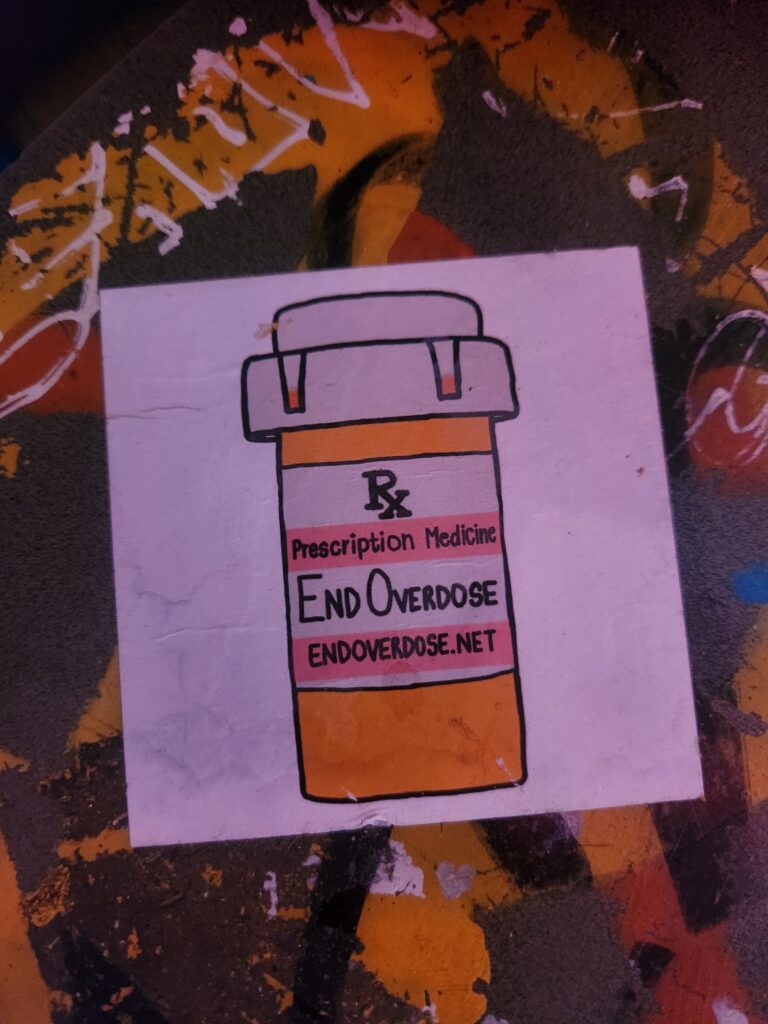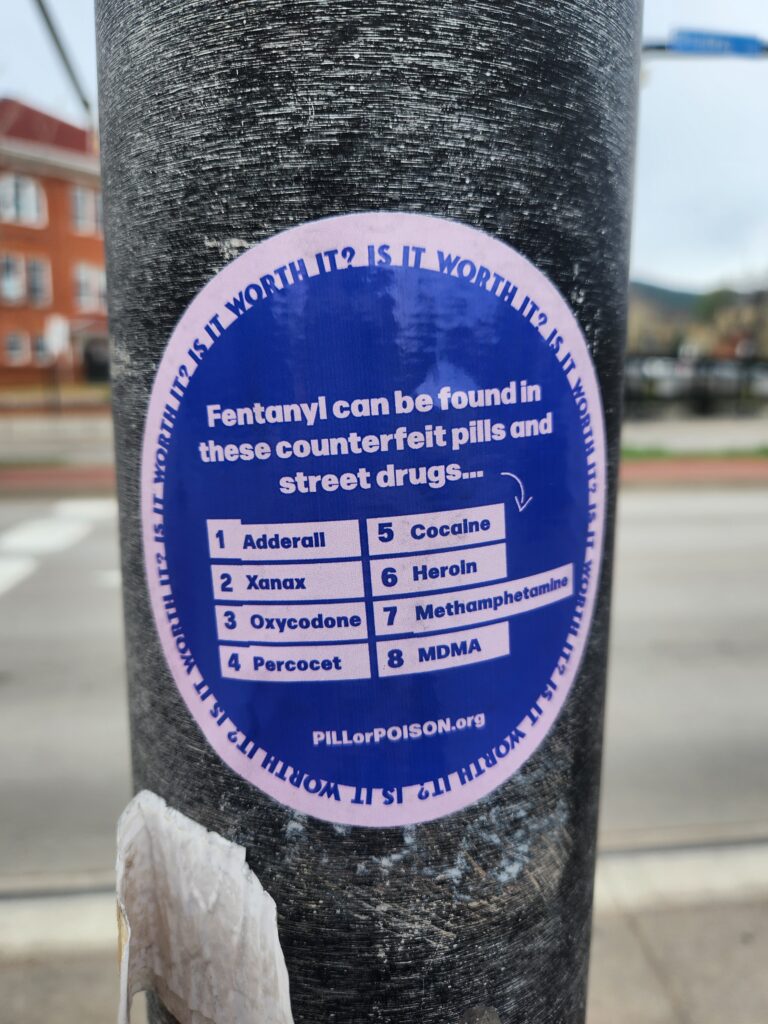
For every 70 prescriptions a doctor writes for powerful, pain-killing opioids, they prescribe just one dose of life-saving naloxone, most commonly known by the brand name Narcan.
This despite the overdose crisis that has devastated America, claiming more than 1 million lives in the past two decades, and the fact that 93% of people who receive a dose of the medication survive their overdose.
The U.S. Centers for Disease Control (CDC) advises doctors to prescribe it to high-risk patients. Police departments, libraries and even high schools keep it on hand.
“In an ideal world,” says Madeline Evanoff, a harm reduction specialist with Boulder County Public Health (BCPH), “everybody would carry naloxone.”
The agency hands out free Narcan to registered drug users, plus their friends and loved ones. The county also provides free training to anyone who wants to learn how to administer it: Email mevanoff@bouldercounty.gov or call 720-864-6515 to schedule.
Naloxone is also available over the counter to members of the general public. Find it in Boulder County (bit.ly/BoCoNarcanMap) or the Denver metro (stoptheclockcolorado.org/map).
Here’s what you need to know about getting it, using it and spotting an overdose.
How much does it cost?
Roughly $45
How long do they last?
Two to three years after the expiration date printed on the packaging — “with the caveat that we know it is most likely more effective longer than that,” Evanoff says.
How do they work?
An opioid overdose happens when the brain’s receptors that control breathing and other automatic functions become blocked by drugs. Naloxone replaces those opioids.
It lasts about 30-90 minutes, so it is imperative to call 911 or get the person to a hospital immediately.

How to spot an overdose
Naloxone only works on opioid overdoses: It won’t hurt someone who has taken too much of another substance, such as stimulants (cocaine, ecstasy, speed), but neither will it reverse the overdose.
Signs of a stimulant overdose include nausea and vomiting, chest pain, racing pulse, teeth grinding, foaming at the mouth, sweating, extreme paranoia and seizures.
Signs of an opioid overdose include:
• Unresponsiveness to shouting or shaking or pain
• Slowed or stopped breathing and heartbeat
• Choking, snoring or gurgling sounds
• Slow or stopped heartbeat
• Lips and fingers changing color: From the National Harm Reduction Coalition: “Lighter folks go blue and gray; darker folks darker or ashen gray, like the color drops out of them.”
How to administer Narcan / naloxone
Formal training is recommended. However, in the absence of that, here are some tips from The DOPE Project / National Harm Reduction Coalition.
First, try to stimulate them awake with noise and a verbal warning: “If you don’t wake up, I’m going to Narcan you.” Respect them if they are responsive and tell you no.
Rub their sternum with your knuckles. If that doesn’t work, administer naloxone.
- For nasal spray, insert it into the nostril — all the way up into the sinuses, like a COVID test swab
- For injectables, aim for a thigh or upper arm. It has to go into a muscle
Don’t do more than one dose. The meds will take 2-3 minutes to start working.
An app named OpiRescue — developed with a grant from the state of Colorado — can walk you through how to administer naloxone, plus provide information on recognizing and responding to overdoses. Download it on iPhone or Android. Learn more: opirescue.com

Other steps to take when someone ODs
Administer Narcan / naloxone before calling 911. After administering a single dose and calling emergency responders, do rescue breathing.
- Put them flat on their back. Plug the person’s nose and give one breath into their mouth every 5-7 seconds. Continue breathing for them until they become responsive or until emergency responders arrive.
Give them space. When they come to, they will be scared.
Per Boulder County Public Health, do NOT: leave the person alone; inject them with speed, milk, salt water, etc.; put them in ice or cold water; or do anything that prolongs the amount of time they’re not getting oxygen, as that would put them at risk for brain damage or death.
For stimulant overdoses:
• Help the person stay calm
• Get them into a lying position
• Clear their airway
• Protect their head
Should you carry Narcan?
If you are using substances or around people who are, you should absolutely carry naloxone, Evanoff says, since synthetic opioids like fentanyl can be in any drug.
Even if you don’t have drugs in your daily life, Evanoff says it’s still worth it to have Narcan readily available. “You don’t know when you might encounter somebody overdosing.”
